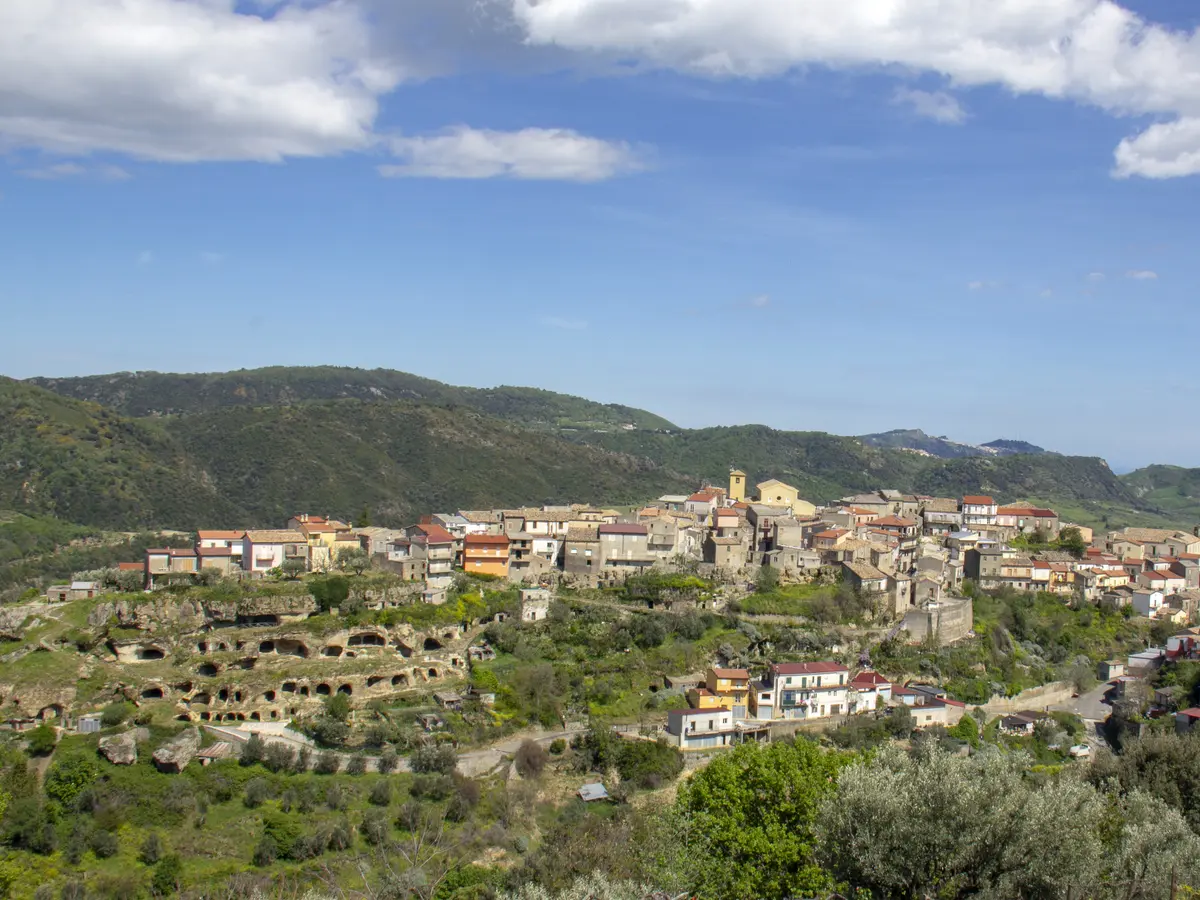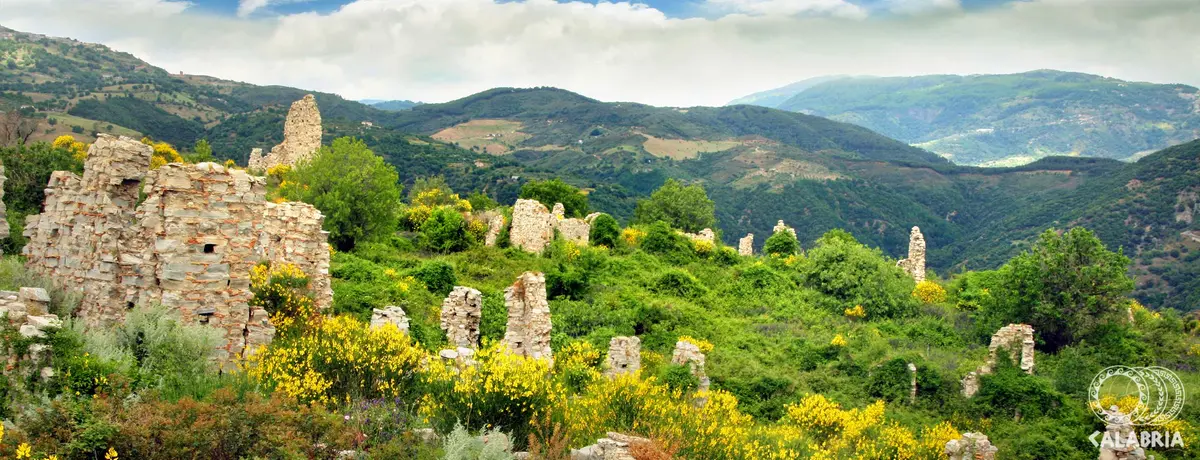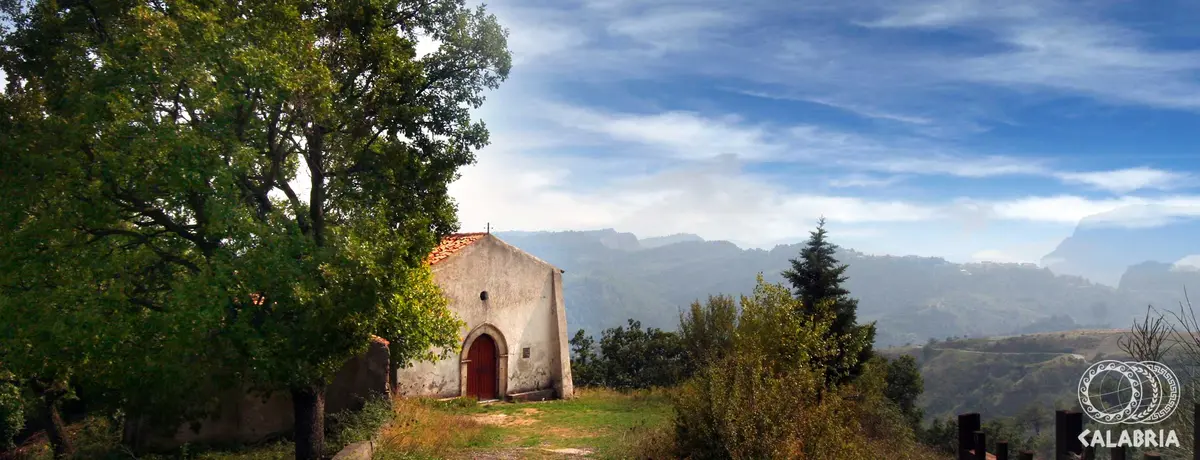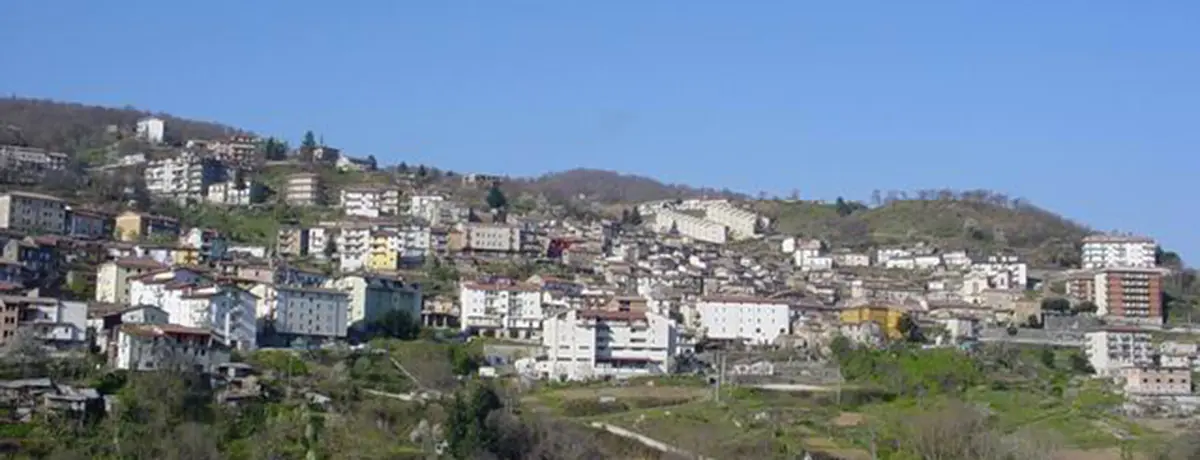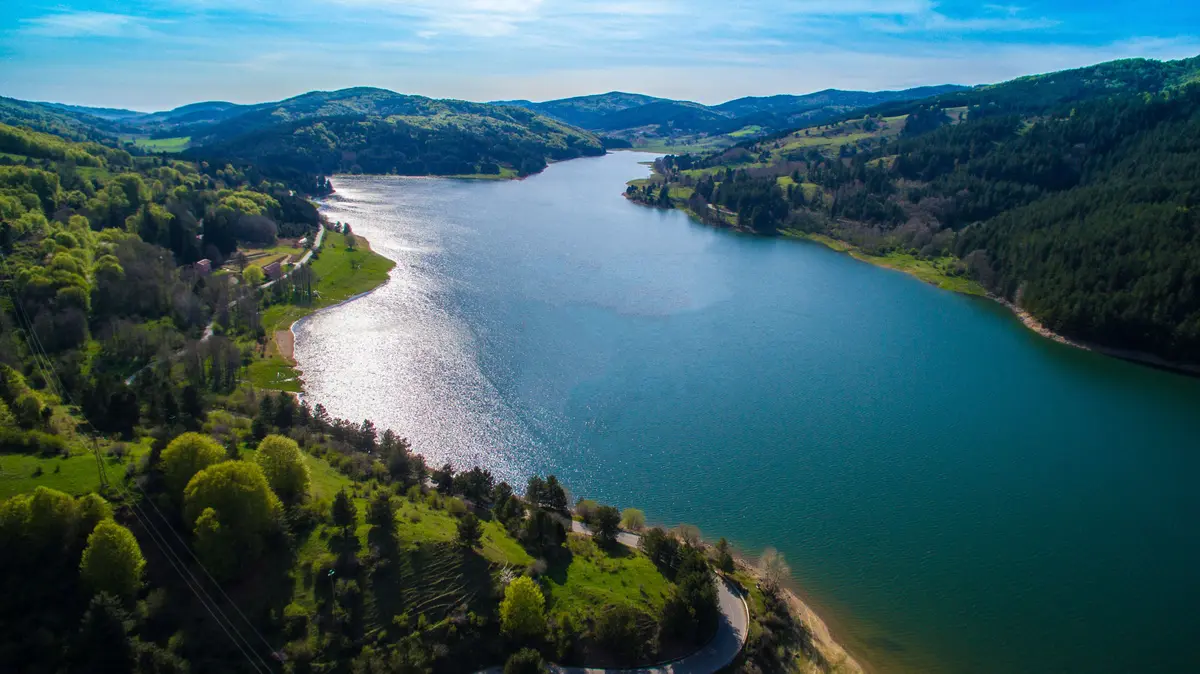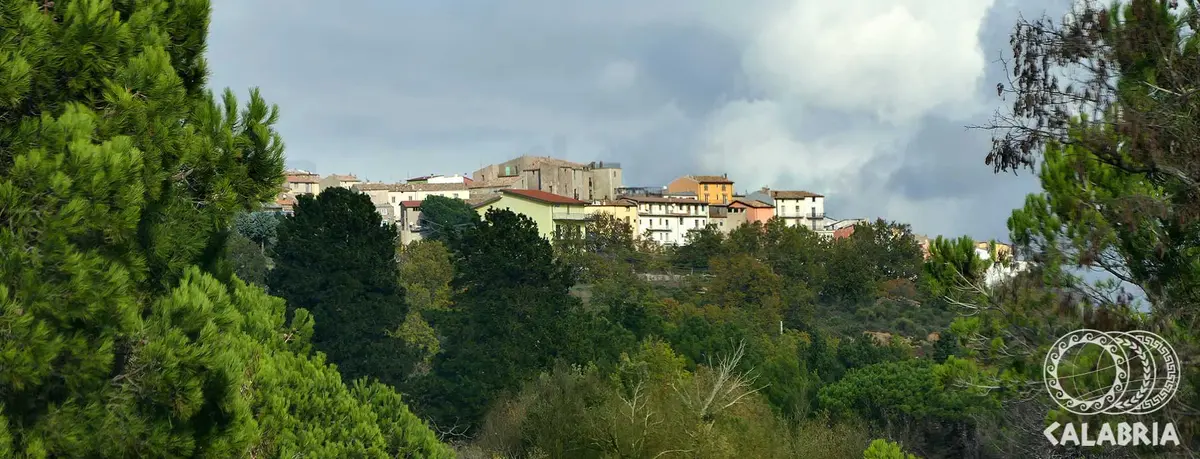San Giovanni in Fiore
San Giovanni in Fiore, the capital of the Sila National Park
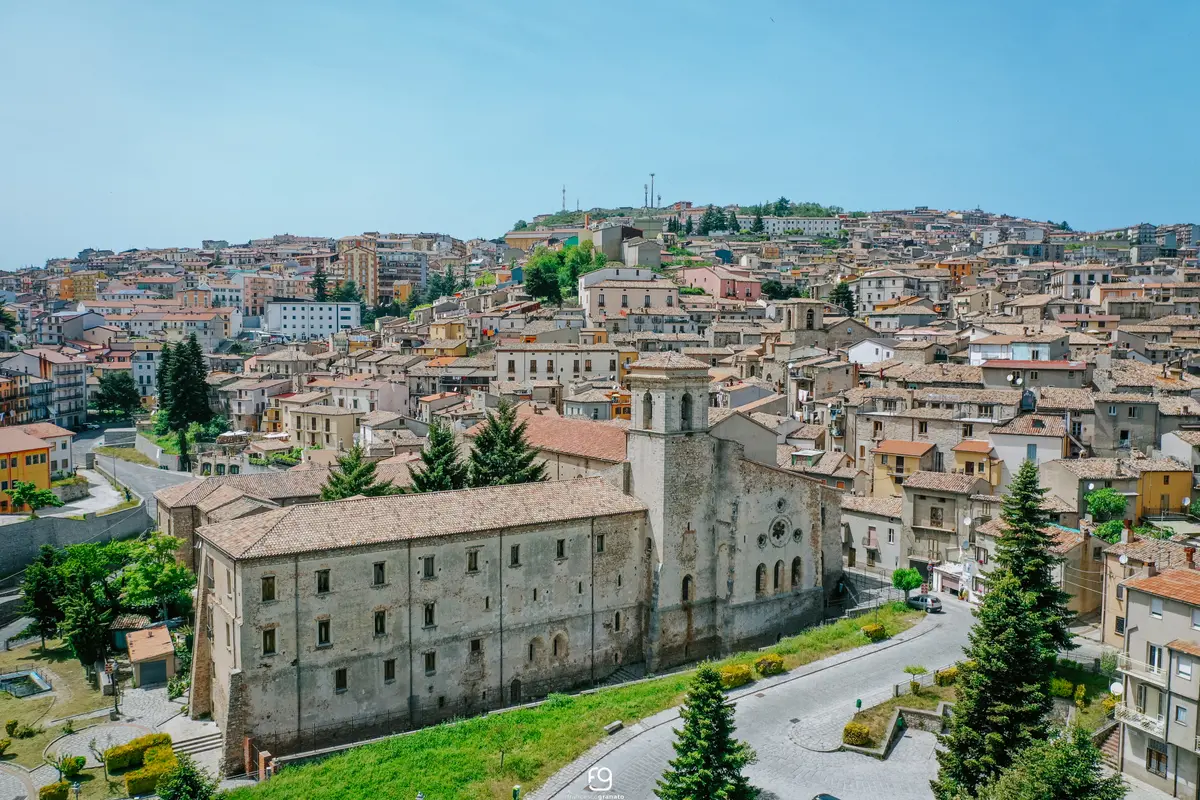
Mountain
San Giovanni in Fiore - Regione Calabria
The municipality of San Giovanni in Fiore, in the province of Cosenza, is one of the largest and most densely populated centres in the Sila National Park.
Among the most important places of faith in Calabria, the town is famous for the presence of the Florense Abbey of San Giovanni in Fiore, founded by Abbot Joachim of Fiore, one of the greatest theologians and philosophers of the Western Middle Ages. The Florense Abbey of San Giovanni in Fiore is home to the important Joachimite Study Centre.
One of the official Paths in Calabria, the Joachimite Path, is dedicated to Joachim of Fiore: a five-stage itinerary in the footsteps of the monk, embracing two provinces.
San Giovanni in Fiore's historical centre and surroundings preserve a large number of churches, 18th-century noble palaces, such as Palazzo Lopez (seat of the Municipal Library), Palazzo Barberio and Palazzo De Marco, and monuments including the so-called Norman Arch, symbol of the town, and the Monument to the Fallen Monongah.
The most important churches are the Convent of the Capuchin Fathers, the Monastery of the Three Children and the Church of San Francesco di Paola, as well as the Mother Church of Santa Maria delle Grazie (1576).
From a naturalistic point of view, San Giovanni in Fiore (Sila) boasts on its territory three Silan lakes (Arvo, Ampollino and Redisole) to be explored in all seasons of the year, as well as the splendid ski resort of Lorica, where skiing and other winter sports can be practised.
The municipality of San Giovanni in Fiore preserves intact its folkloristic traditions and the typical costume, ‘u rituàrtu', worn by the pacchiàna.
Among the local festivities, in addition to the numerous religious festivities, is the historical Carnival, which stages the particular musical representations known as ‘’Frassìe‘’, which reproduce the most striking events of the year in a satirical key.
Among the typical products to be sampled, alongside those characteristic of the Sila territory, such as the Sila PGI Potato and the Caciocavallo Silano PDO, there is a whole range of different breads, the result of an ancient local bakery tradition: pitta, cùllura, pitta ‘minata (made from leftover dough) and various sandwiches.
Useful information
What to know about San Giovanni in Fiore
Events
There are 2 events scheduled.
Where to Sleep
There are 23 available accommodations.
Places
There are 11 places to visit.
Travel Ideas
There are 14 travel ideas.
Infopoint San Giovanni in Fiore
Piazza Municipio, San Giovanni in Fiore
No result

